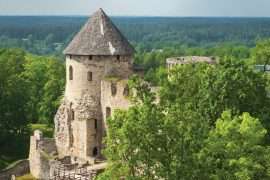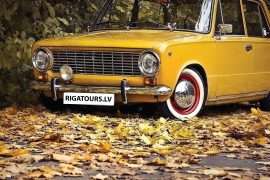Estonia, a country in Northern Europe, borders the Baltic Sea and Gulf of Finland. Including more than 1,500 islands, its diverse terrain spans rocky beaches, old-growth forest and many lakes. Formerly part of the Soviet Union, it’s dotted with castles, churches and hilltop fortresses. The capital, Tallinn, is known for its preserved Old Town, museums and the 314m-high Tallinn TV Tower, which has an observation deck.
Territory of Estonia: 45,339 square kilometers.
Government: parliamentary republic.
Official language: Estonian.
Population: 1,315,944.
Capital: Tallinn (population – 443,268 from which 55% are Estonian, 36% – Russian, 2,85% – Ukrainian and 8,9% – other nationalities).
The biggest towns: Tallinn, Tartu, Narva, Parnu, Kohtla-Jarve, Viljandi.
Currency: euro (EUR)
Time zone: GMT (Greenwich time) +2, from April to November – GMT +3 (1 hour difference in comparison with Moscow).
International telephone code: +372.
Borders with: the Gulf of Finland, between Latvia and Russia.











